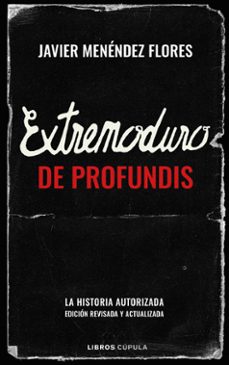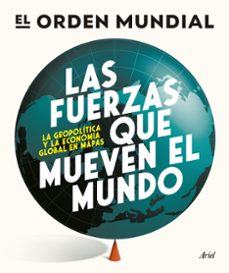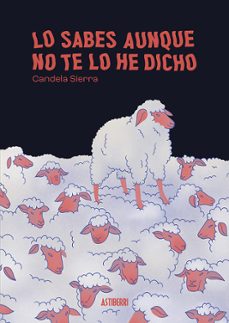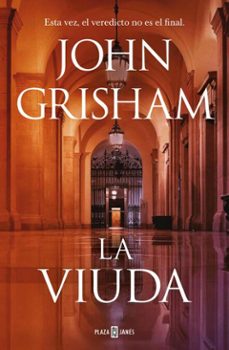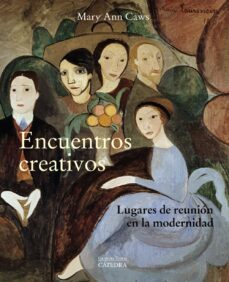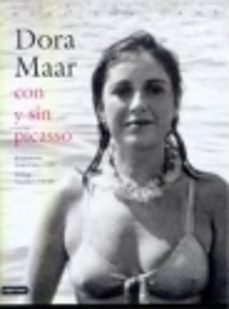Imprescindibles
Más vendidos Libros más leídos eBooks más leídos Todos los libros Todos los libros Autores destacados Series y sagas
Recomendados Libros recomendados Autores destacados Libros que inspiran Vidas con historia LGTBIQ+ English books
Ficción
Literatura Contemporánea Estudios literarios Clásicos Cuentos Poesía Teatro Libros de bolsillo Sagas literarias
Géneros literarios Novela romántica y erótica Novela negra Novela histórica Narrativa fantástica Novela de ciencia ficción Novela de terror Narrativa de humor Narrativa de viajes
No Ficción
Ciencias y tecnología Biología Ciencias Ciencias naturales Divulgación científica Informática Ingeniería Matemáticas Medicina Salud y dietas Formación Idiomas Estilo de vida Libros de Cocina Guías de viaje Narrativa de viajes Deportes Libros de Juegos Manualidades
Humanidades Autoayuda y espiritualidad Ciencias humanas Derecho Economía y Empresa Psicología y Pedagogía Filosofía Sociología Filología Biblioteconomía Estudios filológicos Estudios lingüísticos Estudios literarios Historia y crítica de la Literatura
Infantil
Juvenil
#Jóvenes lectores Narrativa juvenil Clásicos adaptados Libros Wattpad Libros Booktok Libros de influencers Libros de Youtubers Libros Spicy Juveniles Libros LGTBIQ+ Temas sociales Libros ciencia ficción Libros de acción y aventura Cómic y Manga Juvenil Cómic Juvenil Manga Shonen Manga Shojo Autores destacados Jennifer L. Armentrout Eloy Moreno Nerea Llanes Hannah Nicole Maehrer
Libros de fantasía Cozy Fantasy Dark academia Hadas y Fae Romantasy Royal Fantasy Urban Fantasy Vampiros y hombres lobo Otros Misterio y terror Cozy mistery Policiaca Spooky Terror Thriller y suspense Otros
Libros románticos y de amor Dark Romance Clean Romance Cowboy Romance Mafia y amor Romance dramatico Romance dramatico Romcom Sport Romance Otros Clichés Enemies to Lovers Friends to Lovers Hermanastros Slow Burn Fake Dating Triángulo amoroso
Cómic y Manga
Novela gráfica Novela gráfica americana Novela gráfica europea Novela gráfica de otros países Personajes, series y sagas Series y sagas Star Wars Superhéroes Cómics DC Cómics Marvel Cómics otros superhéroes Cómics Valiant
eBooks
Literatura Contemporánea Narrativa fantástica Novela de ciencia ficción Novela de terror Novela histórica Novela negra Novela romántica y erótica Juvenil Más de 13 años Más de 15 años Infantil eBooks infantiles
Humanidades Autoayuda y espiritualidad Ciencias humanas Economía y Empresa Psicología y Pedagogía Filosofía Historia Historia de España Historia Universal Arte Cine Música Historia del arte
Ciencia y tecnología Ciencias naturales Divulgación científica Medicina Salud y dietas Filología Estudios lingüísticos Estudios literarios Historia y crítica de la Literatura Estilo de vida Cocina Guías de viaje Ocio y deportes
Mary Ann Caws
Recibe novedades de MARY ANN CAWS directamente en tu email
Filtros
Del 1 al 9 de 9
Ediciones Cátedra 9788437642574
El arte es considerado habitualmente como una actividad solitaria. Pero los artistas visuales, escritores y músicos a menudo encuentran su energía a través de un entorno colectivo. Compartir ideas alrededor de una mesa siempre ha dado lugar a intercambios fructiferos entre artistas de todo tipo. En este libro, Mary Ann Caws explora una rica variedad de lugares de reunion, pasados y presentes, que han sido propicios para la liberacion y el sustento necesario de las energias creativas. "Encuentros creativos" habla de estos lugares en Europa y Estados Unidos, desde paisajes urbanos hasta refugios en islas, desde casas privadas hasta cafes publicos y colonias de artistas. Los ejemplos incluyen la casa de Florence Griswold en Old Lyme, Connecticut, lugar de reunion de la antigua colonia de arte de Lyme; el Cafe Louvre de Praga, lugar de reunion de Kafka y Einstein; el cafe modernista de Picasso en Barcelona, Els Quatre Gats; Charleston Farmehouse, lugar de reunion de Virginia Woolf y Vanessa y Duncan Bell, y los cafes de Saint-Germain-des-Pres y Montparnasse: los lugares de reunion de Apollinaire, Sartre y Patti Smith.
Ver más
Tapa blanda
THAMES AND HUDSON LTD 9780500510094
Tapa dura
Ediciones Destino 9788423332519
Excelente libro que narra la biografía de la fotógrafa Dora Maar, amante y musa de Picasso durante siete años. Contiene, muchas otras, fotografías que ésta le hizo pintando, en la playa, sólo o con sus amigos, el documento unico del proceso de creacion del Guernica en el que ella es la mujer que lleva la lampara.
Ver más
Tapa dura
PHAIDON PRESS LIMITED 9780714842592
Surrealism is a survey of the twentieth century’s longest lasting and, arguably, most influential art movement. Championed and held together by André Breton for over forty years, Surrealism was France’s major avant-garde artistic tendency from 1924 onwards, rapidly spreading around the globe to become an international phenomenon. During World War II Surrealism’s exiled artists and writers had a major impact on American art and were a primary influence for the Abstract Expressionist generation. The official surrealist movement continued to the end of Breton’s life in 1966, and its legacy is still pervasive today, in contemporary art as well as in numerous quotations from surrealist imagery in cinema, advertising and the media. The Survey essay by Mary Ann Caws – a distinguished scholar, translator and associate of the Surrealists – describes in clear, perceptive and lively prose the essential characteristics that define Surrealism, as well as tracing a concise path through the chronology of this prolific and wide-ranging movement. The text also demonstrates how surrealist art and writing are interdependent. The Works section follows the movement from its beginnings in the 1920s up to the 1940s and 1950s. Its six sections trace the themes which predominated at different stages: Chance and Freedom – the earliest work, characterized by complete ‘automatic’ spontaneity; Poetics of Vision – the strategies of surrealist image-making, reflecting the mind’s inner visions; Elusive Objects – the fascination with objects of all kinds from which emerged artworks such as Meret Oppenheim’s celebrated fur-lined cup and saucer; Desire – the investigation of desire, eroticism and ‘mad love’ which is central and unique to the movement; Delirium – Surrealism’s high-risk engagement with extreme mental states and disturbing, uncanny visions; and the Infinite Terrains of later Surrealism, ranging from Joseph Cornell’s magical assemblages in box frames, like ‘theatres of the mind’, to the infinite fields and dynamic energy of late surrealist painting at the dawn of Abstract Expressionism. The Documents section includes important rediscovered writings alongside the key texts by leading figures. Many of the texts have been specially translated for this volume by Mary
Ver más
Tapa dura
Del 1 al 9 de 9



